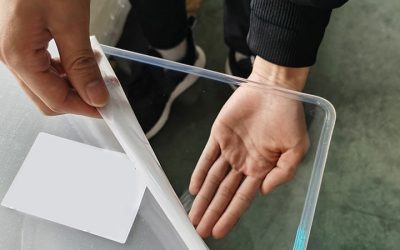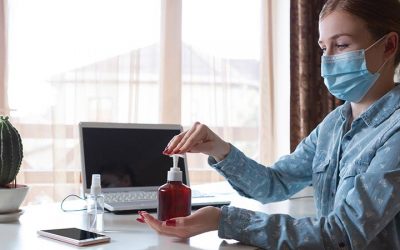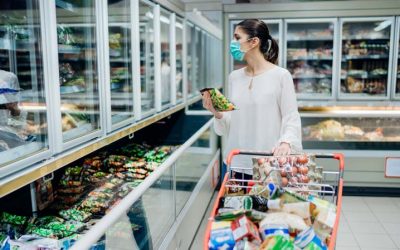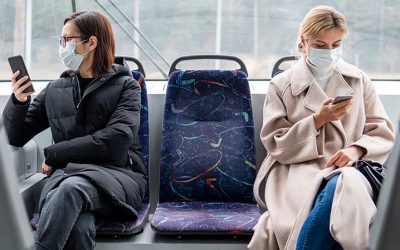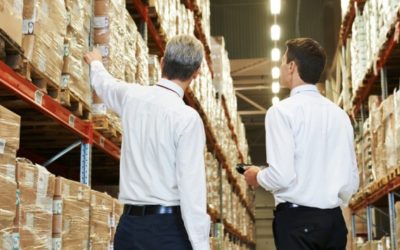Ever since the outbreak of coronavirus, nothing has been the same. With social distancing being the new normal, it’s interesting to see how businesses are changing their entire systems and operations to cope with the situation. This has also led to an increase in demand for certain products that were not very popular before the corona pandemic. Leading the list are acrylic-based safety products. These plastic products are the new hot commodity as they provide easy and affordable solutions to businesses and help them run their operations safely.
Acrylic Sheets for COVID-19 Safety Products
The primary reason why acrylic sheets are becoming so popular is their great impact-strength. They also have excellent optical clarity which makes them the perfect resource to create sneeze guards and other protective barrier shields in the times of COVID-19. Another great thing about acrylic is that it’s flexible and weather-proof. Acrylic is also known for its antimicrobial properties and is easy to disinfect.
Acrylic Based PPE Products:
Acrylic Sheets are now being used extensively to make protective face shields and visors for healthcare and essential workers. These visors are made up of clear and non-toxic acrylic sheets that cover the face and come with a head strap that holds it in place. Acrylic visors are being regarded as the easiest type of PPE to use.
Acrylic Based Sneeze Guards:
The novel coronavirus is an airborne infection. This means that the virus can spread by an infected person’s coughing and sneezing. A person-to-person encounter with an infected person can be extremely dangerous.
Now, as offices and other non-essential businesses are slowly moving towards reopening, protective barriers made out of materials like Plexiglass acrylic will become essential. However, it must be noted that sneeze guards aren’t medical devices. They possess PPE-type qualities that contribute to minimizing transmission, even if customers and employees aren’t wearing masks.
The Exponential Increase in Demand:
Acrylic-based safety products have been endorsed and recommended by health care professionals all over the world. As the government has rolled out SOPs for businesses to ensure the safety of their customers and employees, these products have experienced a sudden surge in demand. Not to mention that compliance with safety measures provided by Health agencies is not just a social responsibility anymore, but is required by the LAW.
The demand for these products far outweighs the supply for now and for the foreseeable future. However, several companies have stepped up to cater to the demand and make these safety products accessible to everybody.
Acrylic Sheets by Blink Global
Thanks to our vast sourcing network, we have provided acrylic safety products in bulk quantities to large enterprises. We are offering optical quality plexiglass acrylic sheets that are easy to fabricate, flexible to mold, and remarkably durable. No matter what industry your business is in, our transparent and versatile plexiglass acrylic sheets can help you create a wide variety of custom acrylic products for your business. For more information please CLICK HERE

